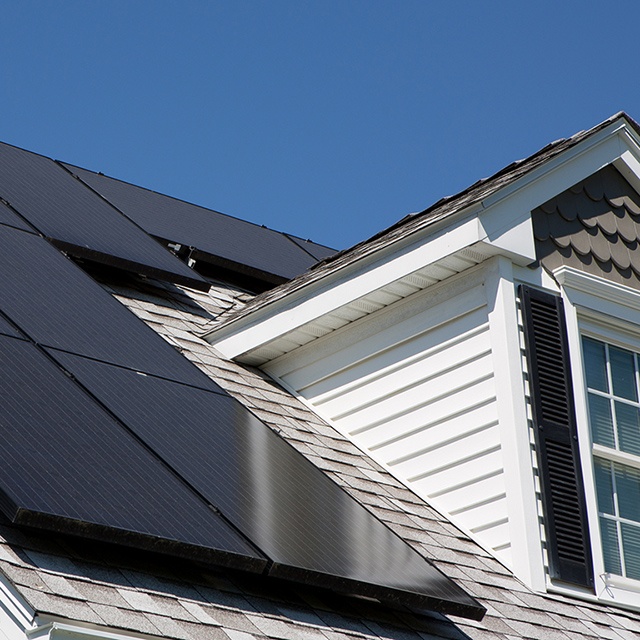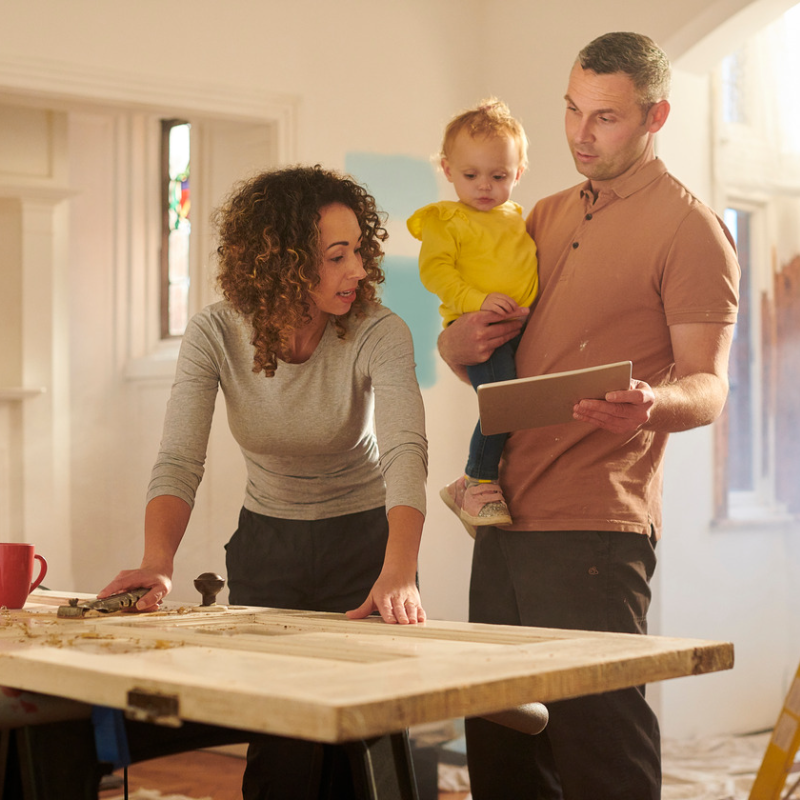To begin research on the expense and savings of a solar installation, you will need to know how many solar panels will be required to achieve your energy needs. The number of solar panels you will need for your home is decided by a few key factors:
1. Energy consumption
It is important to figure out how much energy your household uses each month. Find your most recent utility bill and look for the section documenting the number of kilowatt hours (kWh) that are being consumed each month. A lot of utilities will give you a chart or graph showing how many kWh's your household used over the last 12 months. As most people want to cut down on their electric bill as much as possible, your average monthly energy use will dictate how large of a system you need in order to accomplish this. If your utility bill cost is high on a monthly basis, you may be looking to own a greater amount of panels to adequately offset your usage and vice versa. For example, a $150 electricity bill in Massachusetts will need around 28-32 panels for an energy offset of at least 95 percent. This means that your solar panels would be generating at least 95 percent of the energy you normally would pull from the grid.
According the U.S. Energy Information Administration, the average energy consumption in 2015 per household in the United States was 901 kWh per month.
2. Roof area
Another important factor when deciding how many solar panels your home needs is how much available roof space you have, should you decide that roof-top solar is the way you want to go. (There is always the option of ground-mounted solar.) Chimneys, vents, pipes and sky lights are all considered roof obstructions, meaning that the solar panels would have to be installed around these objects, leaving less open space for the panels and, therefore, cutting down on the total number of panels you could have on your roof.
3. Orientation of your roof
Another vital factor of how many solar panels you need is the orientation of your roof or the direction that your roof is facing. Roofs facing directly south receive the most sunlight and the panels on these roofs will be extremely efficient and productive because of this. On the other hand, roofs that are facing east or west do not receive as much direct sunlight and will not be as productive as panels on south-facing roofs. The more efficient your panels are, the less quantity of them you will need.
The shading of your roof from nearby trees also plays a role in the overall efficiency of your panels. Even if you have the most beautiful, unobstructed south-facing roof, if you have trees that cast shadows over the roof's surface, it will significantly cut down on your panels' efficiency. If your roof is heavily shaded, you will most likely need a larger number of panels to accomplish your ideal energy offset as each individual panel is not maximizing it's efficiency.
Solar photovoltaic systems (PV) come in an array of different shapes and sizes. To get a better understanding of how various types of panels will be positioned on your home, Hanscom Federal Credit Union partner Own My Solar offers a free online tool. Using available information about your property, this estimator provides information about optimal solar panel placement as well as expected savings and expense.




.jpg)









Comment